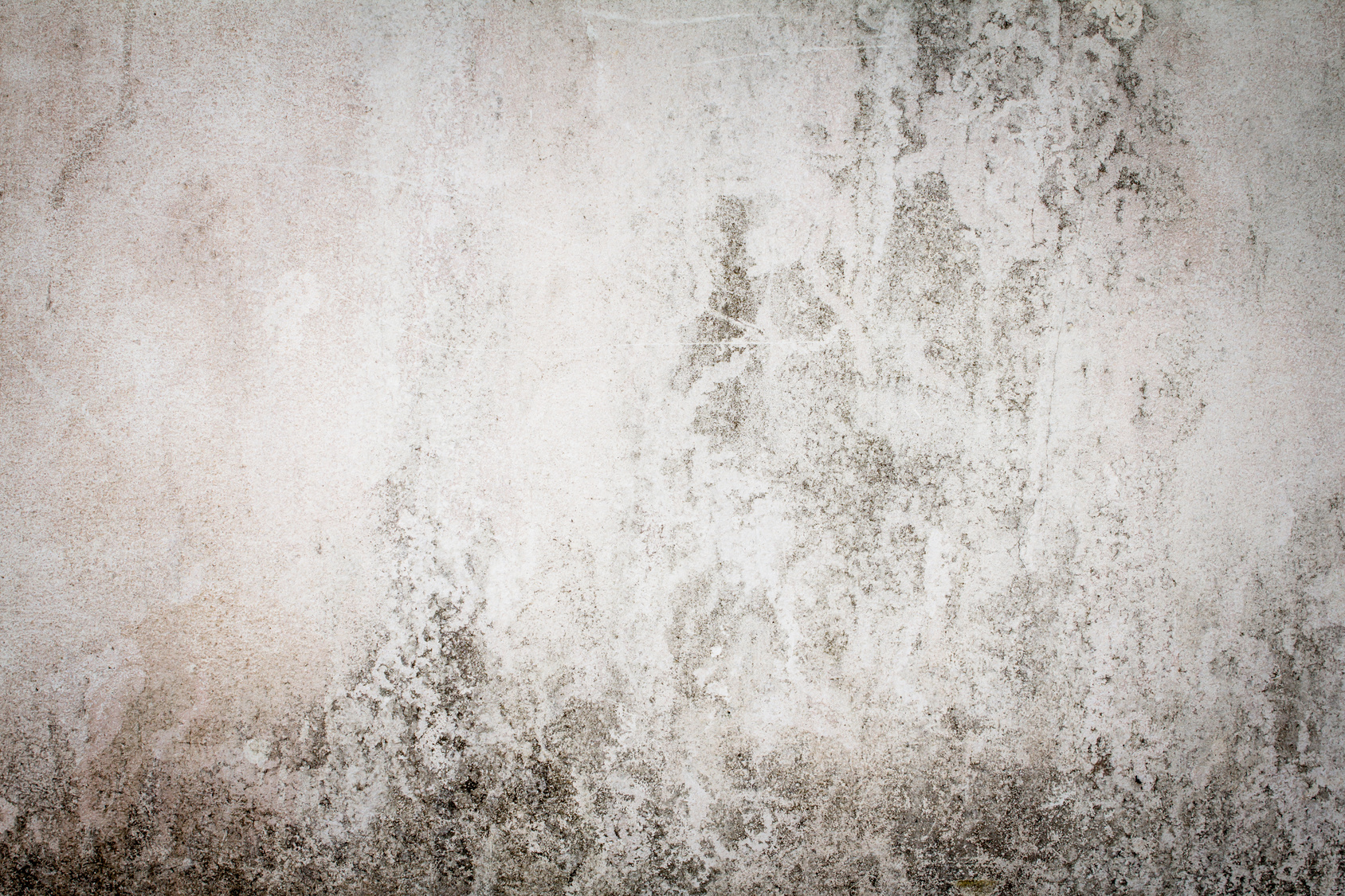6 ways to colour concrete
By Prosoco
Grey concrete floors can be gorgeous, but aren't the only colour choice.
A pearly grey polished concrete floor can be a thing of beauty. But the days of grey-only for concrete floors are long gone. Now, the colour choices for concrete are unlimited as dreams and imagination.
Particularly when used with concrete polishing, colouring can provide translucent, almost gem-like effects.
Colour offers almost gemlike effects when used with concrete polishing.
Here are the 6 most common ways to colour horizontal concrete.
1.Integral coloring
The colorant may be liquid or powder. Integral colour is for new installations only, and usually only for large monochrome areas, since the main application device is a ready mix truck. Integral colours are expensive because you are colouring the entire depth of the slab.
2.Shake-on colours
Shake-on colour consists of finely-ground pigments and dry cement that is “broadcast” onto freshly placed concrete. The powder gets worked into the concrete during bull floating.
Bleed water from the plastic concrete wets the cement powder, causing it and the pigments to bond to the exposed surface. Because the pigments are concentrated in the top layer, grinding and polishing will remove the colour. Since shake-on colours rely on water from freshly placed concrete, they are only suitable for use on freshly placed concrete.
3.Acid Stains
Acid stains are formulas of acid, metallic salts and water. The acid chemically reacts with minerals in the concrete, creating a unique, mottled colour effect that’s as durable as the wear zone of the concrete it’s applied to. Acid stains are hazardous materials and require all the safety precautions common to acidic products.
Concrete floors that have been acid stained must be neutralized and rinsed thoroughly to remove any excess acid. You must be careful when handling acid stains, also, because spills, sloshes and drips instantly create permanent “features” in the floor. Acid stains can be used for retrofits or new installations.

4.Acetone dyes
The benefits of fast-drying solvent-based dyes are often overshadowed by the risks inherent with using highly flammable reduction solvents. Acetone – one of the most common reduction solvents, has a flash point of 4 degrees F and an odour and toxicity that makes it impractical to use in most occupied spaces. The colour usually is applied after the floor has been polished with a 400-grit resin.
Though solvent-based dyes can impart vivid colours, they aren’t UV-stable. Sunlight, through a window or skylight can fade the colours. Most require a topical protective treatment to lock the colour in. Respirators and explosion-proof ventilation are required when installing solvent based dyes on new or existing concrete floors.
5.Water-based dyes
Water-based stains and dyes have several advantages. They are odourless, safe and easy to apply, and dry quickly. Different colours can be easily mixed and matched, creating striking patterns and effects in areas large or small. Combined with hardening, densifying and polishing, water-based stains can create a translucent, gemlike effect. However, water-based stains must be used with protective coatings to lock in the colour. Like acetone dyes, they are not UV-stable and will fade in direct sunlight. Water-based dyes can be used for new installations or retrofits.
Water-based colours are easily applied with pump-up or airless sprayer, followed by spreading with a microfiber pad. The colour usually goes on before the floor has been hardened and densified.
6.Colour hardener/densifiers
Colour hardener/densifiers are a recent innovation in which fine pigments suspended in water are blended by the applicator with a lithium-silicate hardener/densifier. This lets you harden/densify and colour in one step. Apply colour hardener/densifiers to concrete floors ground no finer than with a 200-grit resin pad.
The pigments in these products are similar to shake-on colours in that they are surface treatments, so polishing after application removes the colour. Also like shake-on colours, most are UV stable and suitable for exterior application. While a protective treatment to “lock in” the colour isn’t needed, strictly speaking, protective treatments are always a good idea for horizontal concrete, inside or out.
Which is right for your project?
The answer is… it depends. If it’s a new installation, any of these products will work. If it’s a refit or restoration, you’re limited to acid-stains, water-based dyes, acetone dyes or coloured hardener/densifiers.
If it’s polished concrete and uniform colour you’re after, acetone or water-based dyes are your best bet. The difference? For safety and environmental concerns, choose water-based dyes. For slightly more vivid colours, acetone may be the product you want.
For the mottled, antique look without polishing, consider acid-staining.
Shake-ons are best for small, simple jobs, when there’s not going to be any grinding. Since shake-ons are surface treatments, grinding will take the color off. Consider integral color for large areas where you want uniform color.You can grind these installations aggressively if, for example, you want to expose aggregate.
And though your standard grey concrete isn’t the only colour option any more — it can still look pretty good.


